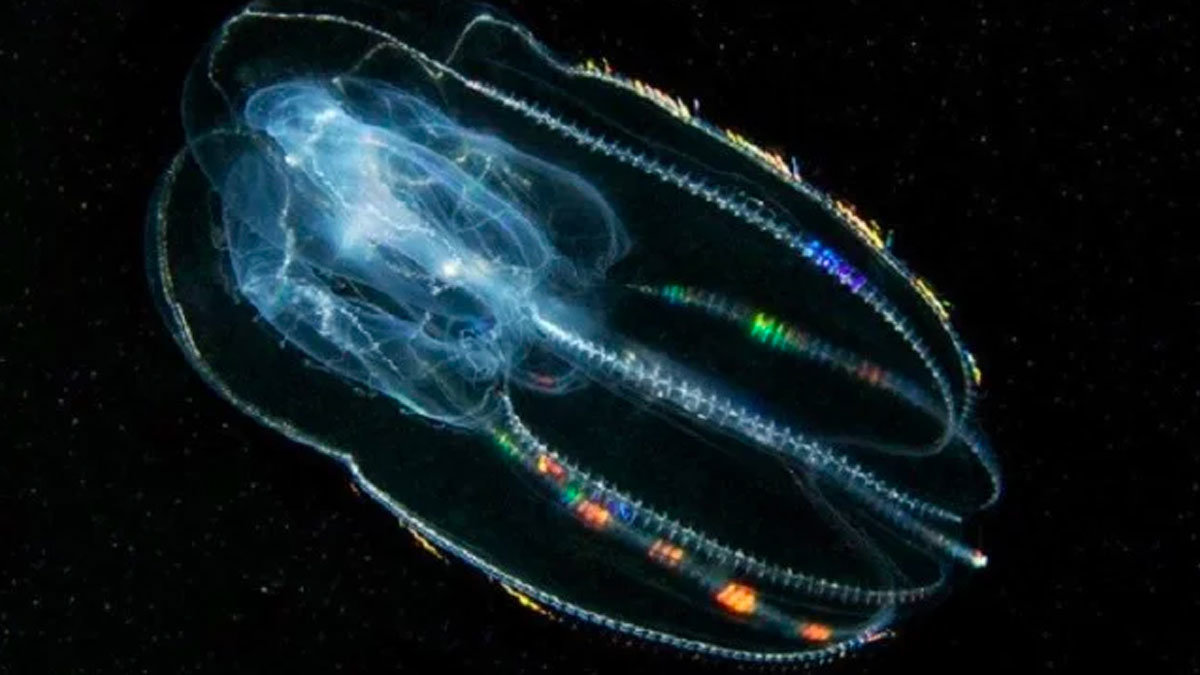Japanese scientists have documented for the first time the fusion of two comb jellies into a single living being in a laboratory. This finding offers a new perspective on biological cooperation and evolutionary flexibility in marine animals.
Merging Among Marine Animals
Comb jellies, known as ctenophores, can merge when they are injured, combining their digestive and nervous systems. This phenomenon, documented in the journal Current Biology, shows how these marine animals quickly synchronize and share vital functions.
Historically, fused ctenophores had been observed since 1937, but this study is pioneering in documenting the fusion of their internal systems.
Experiments and Results
Researchers conducted experiments in which, by injuring and placing the comb jellies in proximity, 90% of the pairs fused within hours.
The fused organisms demonstrated a functional integration of their internal systems, such as the passage of food through their combined digestive systems.

Medical and Evolutionary Implications
The inability of ctenophores to distinguish their own tissue from others could be the reason behind this fusion, contrasting with the human reaction to organ transplants.
This cooperative behavior could inspire innovative approaches to address human medical issues, especially in organ regeneration and transplantation.
Continued Research
The study highlights the need for further research to understand the molecular mechanisms behind this extraordinary ability of these marine animals.
Understanding how ctenophores can functionally integrate could open new frontiers in regeneration therapies and transform our understanding of biology and medicine.
Do you already know our YouTube channel? Subscribe!

